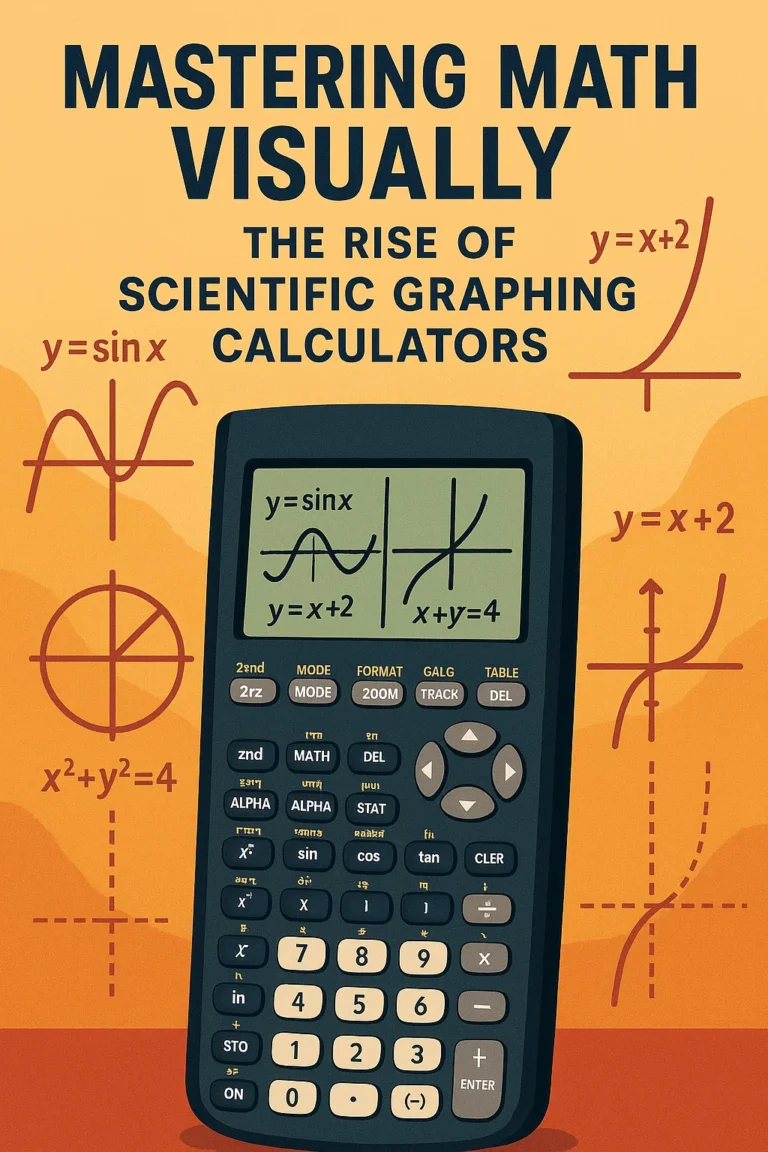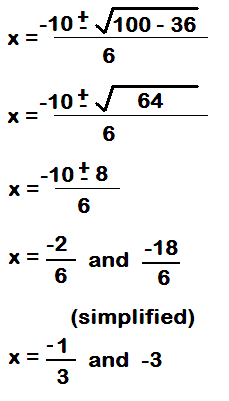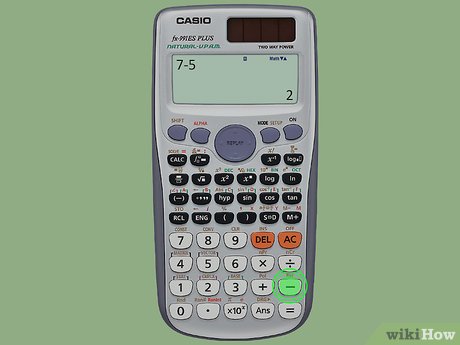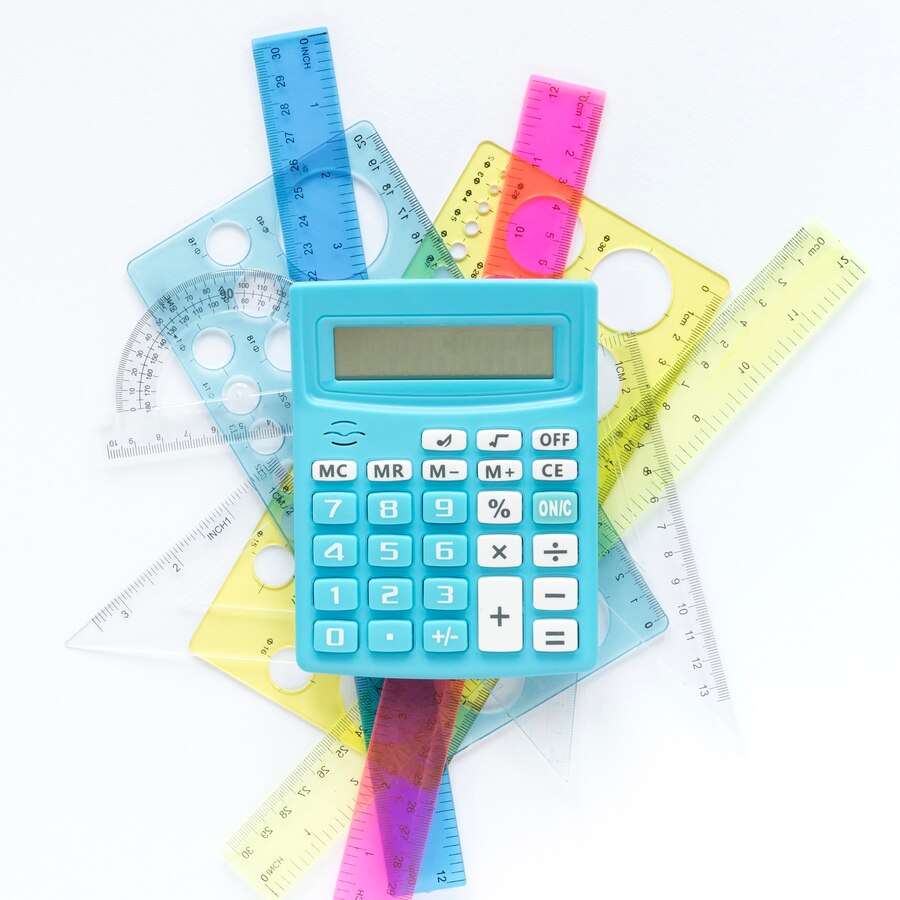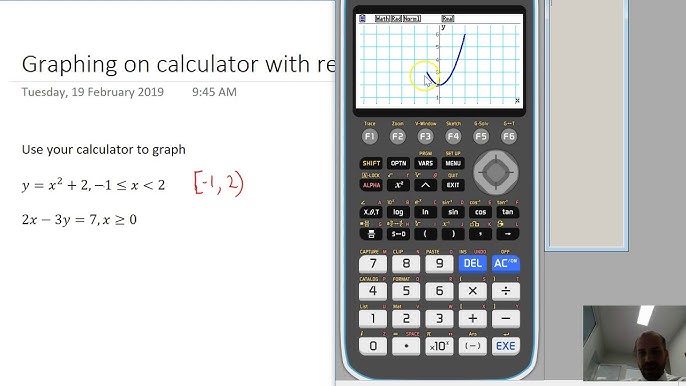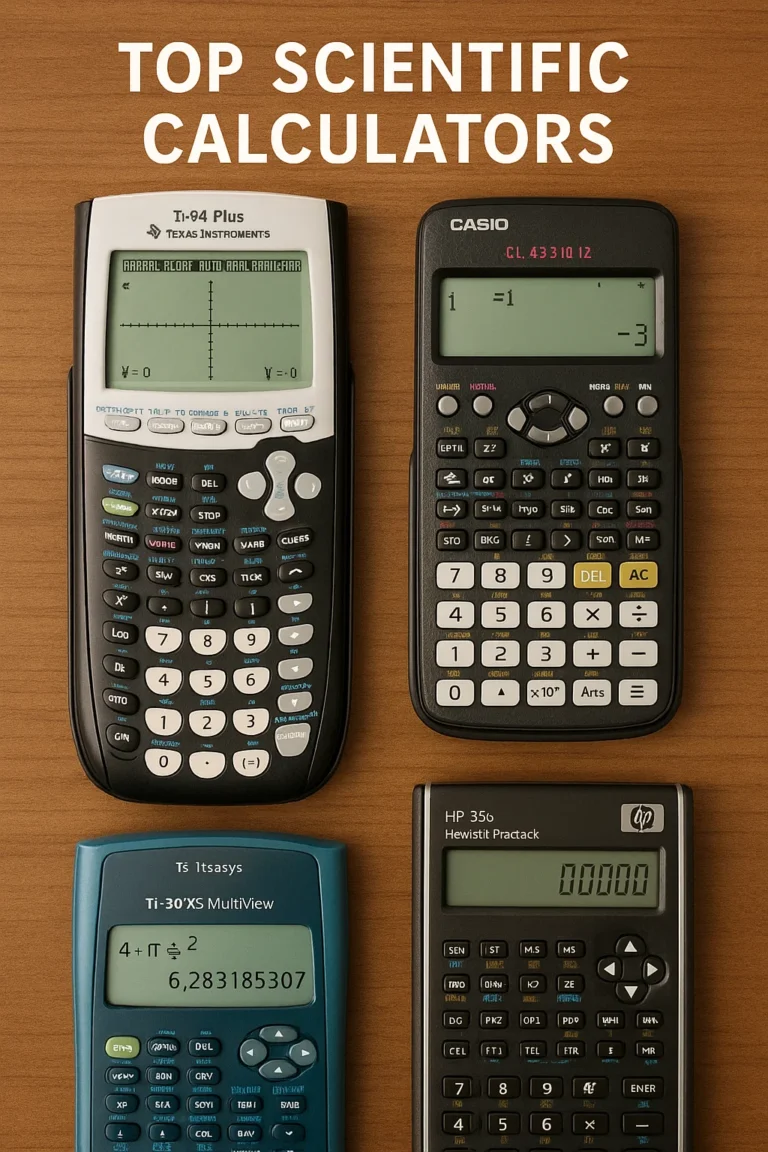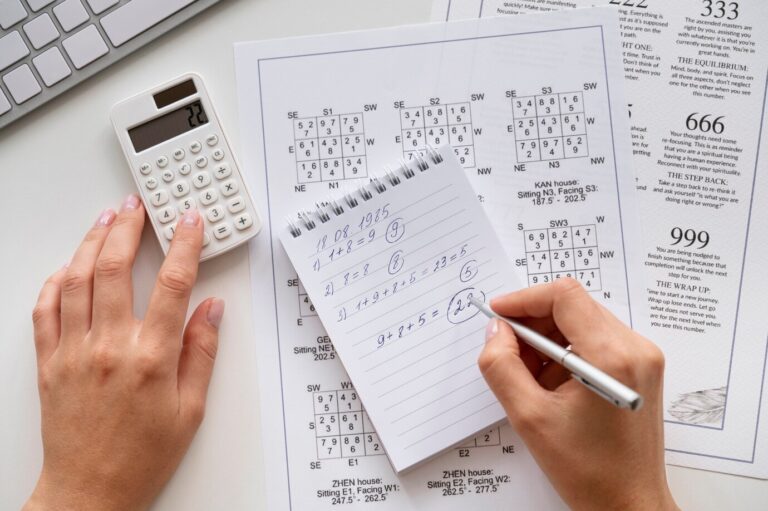Imagine this: you’re standing in your kitchen, gazing upon an enormous 16-inch pizza, wondering how much pizza it was that just arrived at your door. While no one knows the radius (who measures that?) but do know the diameter; that information alone should suffice in calculating its area!
Let’s talk circles–not in a classroom but in real life. And yes, we will show you how to calculate area using only diameter without complicated formulae and endless calculations! Just real conversation and examples supported by an excellent online scientific calculator!
Pizza, Pies and Circular Truths
Let’s imagine it’s movie night and you just ordered a 16-inch pizza from Domino’s. Now let’s say you want to calculate how much space the pie occupies on your table – possibly for wax paper placement purposes or because you plan on creating similar one at home and need the right pan size.
Here is how you’d do it without even using the word “radius”.
Grab your tape measure and check: it measures 16 inches across. That is the diameter.
Simply plug that number into an online calculator (you could even just Google “area of circle using diameter”), and let it do the calculations automatically.
Boom! Your square inches result is now available and tells you the total surface area of that delectable pie!
What you are calculating here is the square inch area of pizza you are eating, not simply slices. Once you know the diameter, half the work has already been completed.
As You Construct a Round Table, You Should Know the Following Information.
Imagine this. Your garage is filled with sawdust as you work on creating a round wooden table for your patio, using an elegant 36-inch long slab of wood as its centerpiece. As part of the plan to varnish it, you need just enough varnish to cover its top–nothing more or less than necessary.
Measure across the tabletop: 36 inches; this will give you the diameter.
Instead of searching for complex math, simply head online with an scientific calculator, enter its diameter, and let it do its thing – you’ll quickly get back an answer: your table’s surface area is approximately 1000 square inches.
At the hardware store, cans of varnish can cover “120 square inches per coat.” Dividing this figure by two and subtracting your target number reveals that you will require 9 cans if applying two coats.
No formulas here: just math that helps.
Have You Purchased a 60 Inch Rug to Go Under a Coffee Table
Say you just purchased a round rug advertised as being 60 inches in diameter to put under your coffee table, and are trying to figure out whether it will fit properly into the space in which it resides in your living room – the last thing you want it doing is taking over all of the floor space!
By measuring its total surface area–using only its diameter number–you’ll discover it covers over 2,800 square inches, giving you the information necessary to assess if keeping or replacing it with something smaller is best for your living room.
It can be particularly useful if you are shopping online and cannot test it before purchasing.
As most of us may agree, measuring radii is impractical for most of us; however, when buying, building, or observing anything circular you will often know its diameter from packaging, product specs, pizza boxes and tires. Therefore “Diameter Math” can be more helpful than expected!
Once you have it, all is good.
Here is why using diameter to calculate area is such an effective solution:
By saving time and avoiding unneeded conversions, this approach saves both effort and resources.
Making real-world math more intuitive.
Online scientific calculators make this process even faster.
Designs, Decor and Math
Say you are decorating your room with round mirrors of 24-inch diameter, and are searching for an appropriate wall decal that complements this shape while covering roughly equivalent space.
By understanding the space a mirror will occupy on a wall, you can make more informed decor decisions. Too large of decals will overshadow it; too small will get lost among all of the clutter on display. Once you understand its footprint on the wall, you can strike an aesthetic balance to suit its surroundings.
All thanks to understanding the diameter and its relationship with space.
Your Fibr: Yup, It’s Connected.
At first glance, friction may not seem directly related to this conversation, so here’s the deal. But rest assured: they do share an affiliation.
Let’s talk tires. A tire’s diameter tells us much about its behavior on the road; not just its size or how its contact area (surface area) affects friction levels which, in turn, determines its performance and stability.
How well your car adheres to the road.
How much control you have over rain or snow.
Your vehicle’s acceleration or braking performance.
Tire designers need to understand the contact surface in order to design better-performing tires, and often start their analysis from diameter.
Real life friction: you don’t slip and slide downhill because someone knows how to use tire diameter to calculate surface area – that’s quite cool!
Cutting Circles from Fabric or Metal? Here’s How Area Helps
Imagine that you want to cut 20 coasters out of cork or leather material; each coaster measures 4 inches across. But before starting this task, it’s important to understand whether there is enough material. Here is where area comes into play – imagine cutting 20 coasters out. To do so efficiently.
Assuming one coaster has a 4-inch diameter, you’d calculate its area before multiplying that figure by 20 in order to know how much cork you require for construction.
Better still, when buying cork online with square inches listed available you can quickly check if there is enough. No math panics here; simply clear planning using basic diameter knowledge and an easy online calculator!
Baking? Don’t Forget Your Pan Size!
Home bakers take note! If a recipe calls for one size round cake pan but all you have is another size (such as 9-in vs 12-inch pans), knowing how much batter to use may make all the difference when it comes to success!
Area is key here; a 12-inch pan holds more batter than its 9-inch counterpart, so failing to adjust accordingly could result in either an undercooked cake or it overflowing the oven (I know).
Just calculate the surface area of each pan using its diameter, and choose your batter accordingly – quick, easy, and accurate!
Remind Yourself To Utilize Tools That Simplify Math Welcome to the future!
No longer must you consult an ancient calculator from the 90s when doing math – instead just pull up an online scientific calculator on your phone or laptop and let it do its thing!
These tools enable you to: When plugging in diameter information, instantly get area (often times several units).
Avoid Messy Decimals
Make calculations faster and more accurate
Additionally, these apps often come equipped with memory functions and conversion tools that save even more time.
Conclusion:
Don’t Overthink It Next time you encounter a circular object such as pizza, tires, cake pans or round tables don’t be put off by its diameter–if you know this figure already you already have everything needed to find its area!
Focus on thinking in tangible terms rather than complex formulas:
How much pizza am I eating?
Will this table fit my space?
How many coasters can I make from this material?
Will this tire provide sufficient friction on icy roads?
Everything is related, from practical to mathematical perspectives.
But not the boring kind. Here is math that works for you!

